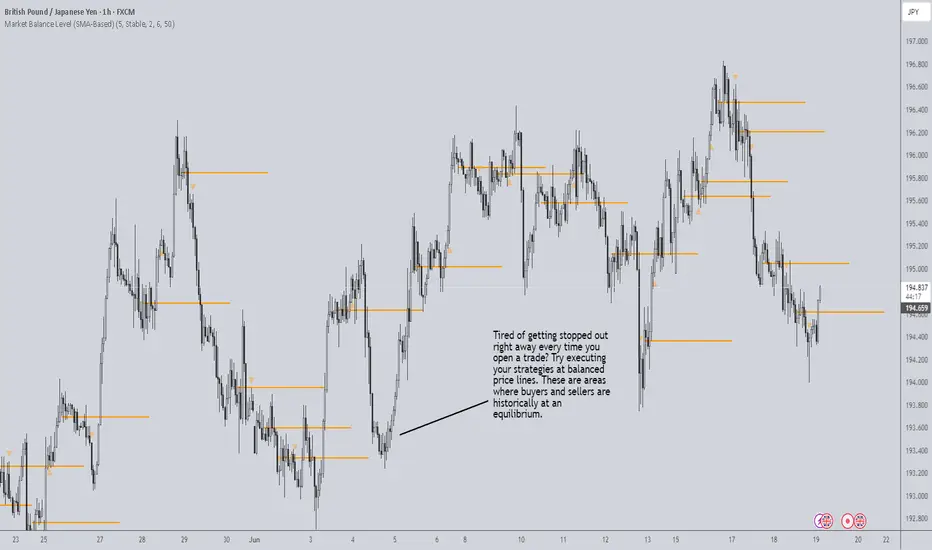Liquidity can be one of the most frustrating aspects of trading. It often feels as though price is magnetically drawn to your stop loss the moment you place it. While this may seem intentional, it actually stems from a powerful psychological and structural force in the market: herd behavior.
No matter how unique your trading system may feel, chances are you're not the only one using it—or at least not the only one identifying the same key levels. Traders around the world are often taught similar risk management techniques, such as placing stop losses just beyond recent highs or lows. As a result, we unintentionally create liquidity pools—concentrated zones of clustered orders. This is the direct result of herd behavior: large groups of traders making similar decisions at the same levels.
As covered in our earlier publication, Redefining Trading Psychology, when stop losses or take-profit levels are hit, traders are forcibly exited from the market. If many traders are exiting simultaneously from the same level, it injects a burst of liquidity into the market. Market participants with large orders—like institutions or professional traders—rely on this liquidity to enter or exit positions without causing major slippage. Once these liquidity pockets are consumed, the market often stalls and enters consolidation.
These consolidation zones are more than just sideways price action; they are areas of equilibrium, where buying and selling pressure are balanced. No side dominates, and price fluctuates within a tight range. But equilibrium is temporary.
As momentum builds—either bullish or bearish—an imbalance emerges. This is typically driven by an excess of buyers or sellers overpowering the market. But momentum doesn’t last forever. Eventually, it fades, and the price reverts to a more balanced level—often retracing to a previous consolidation zone. These zones act as gravitational points that attract price back to them, offering traders a reliable reference for potential reversals or continuations.
Many traders get stopped out prematurely because they enter during imbalanced phases of the market—often as a result of following the herd. This creates unstable setups that are more likely to fail. The key to improving trade accuracy is to avoid reactive, herd-driven entries and instead focus on entering when the market has returned to a state of balance. Entering at the right moment—when the market is in balance—gives your trades a greater potential to move into profit quickly. This not only improves the quality of your entries but also increases the likelihood of success over time.
To support this approach, I’ve developed tools that help identify market balance and momentum shifts in real-time. Visit my TradingView profile, The_Forex_Steward, to access these indicators and gain deeper insights into timing entries with greater precision—away from the noise of the herd.
No matter how unique your trading system may feel, chances are you're not the only one using it—or at least not the only one identifying the same key levels. Traders around the world are often taught similar risk management techniques, such as placing stop losses just beyond recent highs or lows. As a result, we unintentionally create liquidity pools—concentrated zones of clustered orders. This is the direct result of herd behavior: large groups of traders making similar decisions at the same levels.
As covered in our earlier publication, Redefining Trading Psychology, when stop losses or take-profit levels are hit, traders are forcibly exited from the market. If many traders are exiting simultaneously from the same level, it injects a burst of liquidity into the market. Market participants with large orders—like institutions or professional traders—rely on this liquidity to enter or exit positions without causing major slippage. Once these liquidity pockets are consumed, the market often stalls and enters consolidation.
These consolidation zones are more than just sideways price action; they are areas of equilibrium, where buying and selling pressure are balanced. No side dominates, and price fluctuates within a tight range. But equilibrium is temporary.
As momentum builds—either bullish or bearish—an imbalance emerges. This is typically driven by an excess of buyers or sellers overpowering the market. But momentum doesn’t last forever. Eventually, it fades, and the price reverts to a more balanced level—often retracing to a previous consolidation zone. These zones act as gravitational points that attract price back to them, offering traders a reliable reference for potential reversals or continuations.
Many traders get stopped out prematurely because they enter during imbalanced phases of the market—often as a result of following the herd. This creates unstable setups that are more likely to fail. The key to improving trade accuracy is to avoid reactive, herd-driven entries and instead focus on entering when the market has returned to a state of balance. Entering at the right moment—when the market is in balance—gives your trades a greater potential to move into profit quickly. This not only improves the quality of your entries but also increases the likelihood of success over time.
To support this approach, I’ve developed tools that help identify market balance and momentum shifts in real-time. Visit my TradingView profile, The_Forex_Steward, to access these indicators and gain deeper insights into timing entries with greater precision—away from the noise of the herd.
Disclaimer
The information and publications are not meant to be, and do not constitute, financial, investment, trading, or other types of advice or recommendations supplied or endorsed by TradingView. Read more in the Terms of Use.
Disclaimer
The information and publications are not meant to be, and do not constitute, financial, investment, trading, or other types of advice or recommendations supplied or endorsed by TradingView. Read more in the Terms of Use.
